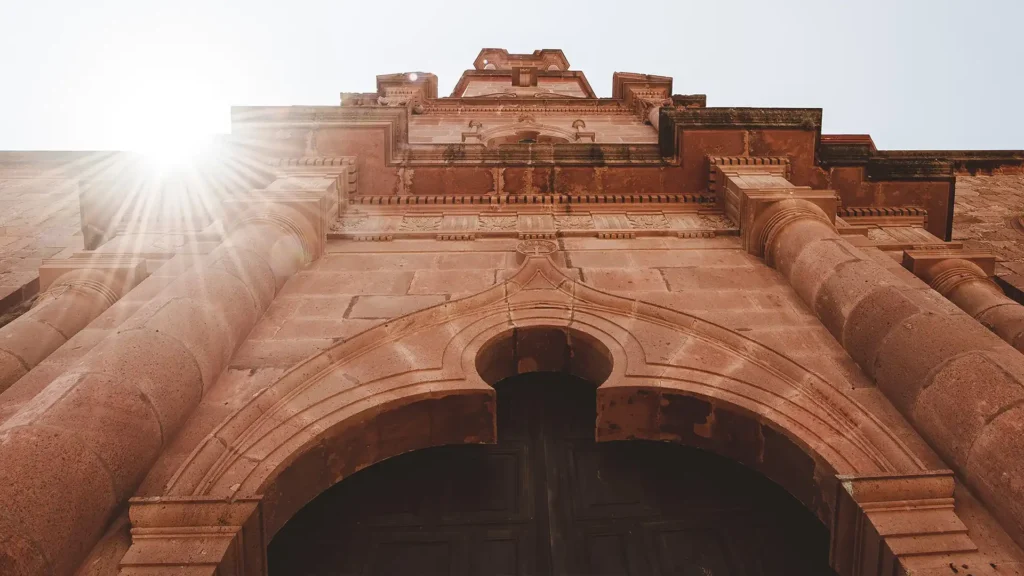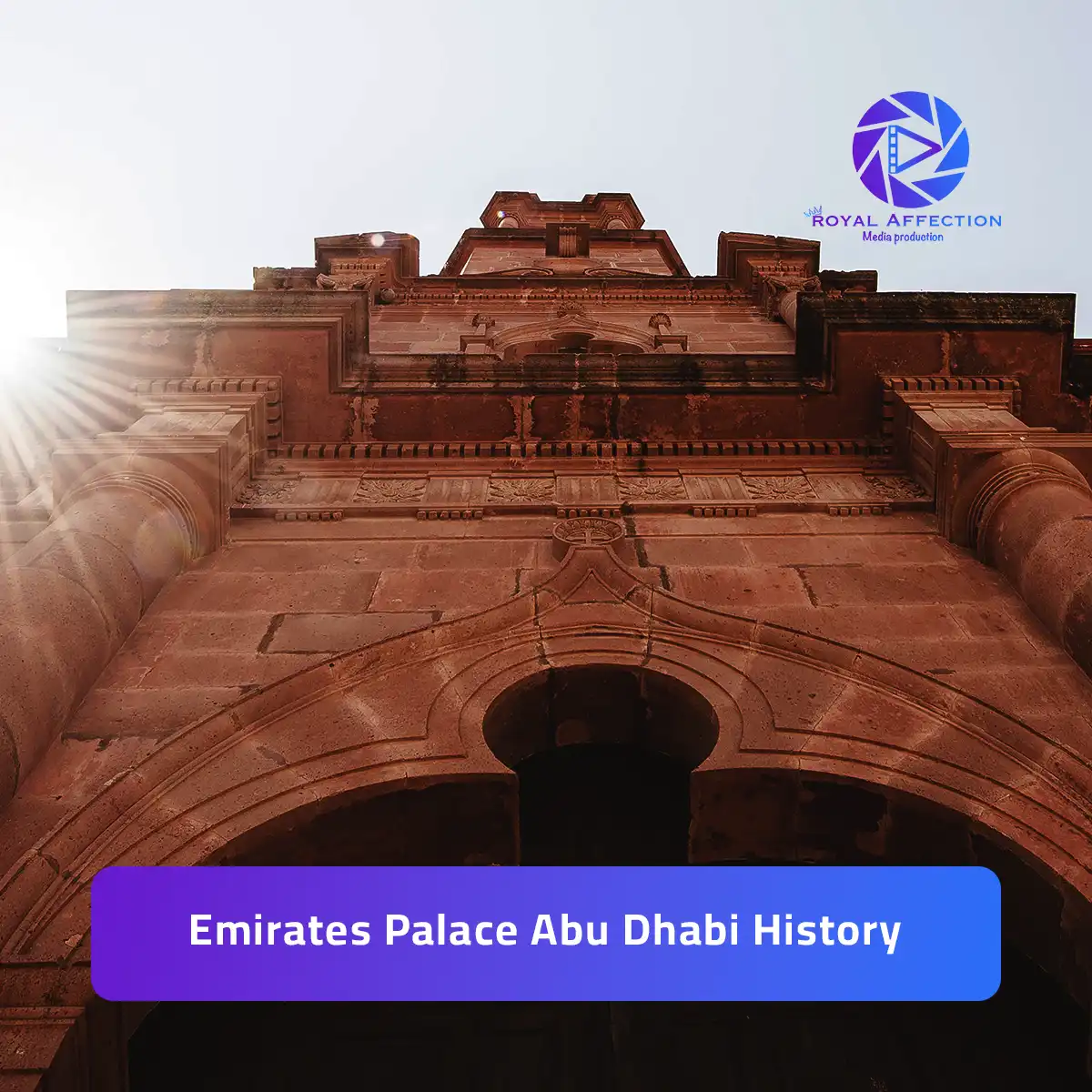The Emirates Palace Abu Dhabi history is a story of luxury, ambition, and cultural heritage. This iconic hotel has become a symbol of opulence in the UAE, representing a perfect blend of Arabian traditions and modern luxury. Since its opening in 2005, the Emirates Palace has not only been a luxury destination but also a cultural landmark. In this article, we explore the rich history of Emirates Palace Abu Dhabi, its architectural beauty, and its significance in shaping the region’s luxury hospitality sector.
The Vision Behind Emirates Palace Abu Dhabi History
The Emirates Palace Abu Dhabi history begins with a vision of creating a grand luxury hotel that showcases the region’s culture and hospitality. Developed by the government of Abu Dhabi and operated by Kempinski, the palace was designed to rival the world’s most luxurious hotels. The goal was to create a space that reflects the grandeur of Arabian culture while catering to the modern demands of global luxury travelers.
Standing as a testament to the UAE’s ambition, Emirates Palace Abu Dhabi was conceived as more than just a hotel—it was a statement of the country’s cultural and economic aspirations.

Emirates Palace Abu Dhabi History
Architectural Splendor in Emirates Palace Abu Dhabi History
The Emirates Palace Abu Dhabi history is deeply tied to its architectural marvel. Designed by the world-renowned firm Wimberly, Allison, Tong, and Goo (WATG), the palace combines traditional Arabian architecture with modern luxury. The building features 114 domes, the largest being 72.6 meters tall, symbolizing the regal heritage of the region.
Lavish interiors adorned with gold, marble, and mother-of-pearl reflect the grandeur associated with royal palaces, while intricate designs and hand-carved details celebrate the craftsmanship of the Arabian world. The architectural magnificence of Emirates Palace Abu Dhabi sets it apart as a beacon of luxury and elegance in the Middle East.
Emirates Palace Abu Dhabi History and Its Role in Abu Dhabi’s Growth
A key moment in the Emirates Palace Abu Dhabi history was its role in establishing Abu Dhabi as a major global destination. Since its opening, the palace has hosted world leaders, celebrities, and international events, making it a focal point for diplomacy, culture, and business.
From prestigious political summits to high-profile events like the Abu Dhabi Film Festival, Emirates Palace Abu Dhabi has been central to the city’s rise as a global hub for culture and commerce. The palace’s presence helped to elevate Abu Dhabi’s status on the world stage, contributing significantly to the UAE’s tourism and hospitality sectors.
Cultural Significance in Emirates Palace Abu Dhabi History
The Emirates Palace Abu Dhabi history is not just about luxury; it’s also about cultural preservation and promotion. As a venue for numerous art exhibitions, cultural festivals, and musical performances, the palace has positioned itself as a key cultural hub in the UAE.
Through its commitment to fostering cultural exchanges, Emirates Palace Abu Dhabi plays a vital role in promoting both local and international art. The palace’s architectural design, featuring traditional Arabian elements, further emphasizes its role in celebrating the UAE’s cultural heritage.
Luxury Beyond Imagination: The Emirates Palace Experience
A significant aspect of the Emirates Palace Abu Dhabi history is its dedication to offering unmatched luxury. Boasting 394 luxurious rooms and suites, each designed to provide ultimate comfort, the palace is the epitome of opulence. With world-class amenities such as a private beach, an extensive marina, and indulgent spa facilities, Emirates Palace Abu Dhabi remains one of the most luxurious hotels in the world.
Guests enjoy a range of fine dining experiences, from traditional Arabian cuisine to international gourmet dishes. This commitment to excellence in service and luxury makes the Emirates Palace Abu Dhabi a top destination for global travelers seeking an exclusive and royal experience.
Emirates Palace Abu Dhabi: A Venue for Prestigious Events
Throughout its history, Emirates Palace Abu Dhabi has played host to some of the world’s most prestigious events. From international conferences to glamorous award ceremonies, the palace has become synonymous with luxury and high-profile gatherings.
Whether hosting political leaders or celebrities, Emirates Palace Abu Dhabi provides the perfect backdrop for world-class events. Its elegant ballrooms and conference facilities have welcomed global dignitaries, business tycoons, and renowned artists, further solidifying its place in the annals of international hospitality and event management.
Sustainability in Emirates Palace Abu Dhabi History
As the UAE continues to lead in sustainable development, Emirates Palace Abu Dhabi has embraced green initiatives to ensure that its luxury operations align with environmental standards. Throughout its history, the palace has implemented eco-friendly practices, including energy-efficient systems, water conservation measures, and waste reduction programs.
This commitment to sustainability ensures that the Emirates Palace Abu Dhabi history continues to evolve in harmony with modern environmental values, making it a forward-thinking leader in the luxury hospitality sector.
Conclusion: Emirates Palace Abu Dhabi History
The Emirates Palace Abu Dhabi history reflects a journey of ambition, luxury, and cultural significance. From its grand architectural design to its role as a cultural and diplomatic hub, Emirates Palace Abu Dhabi continues to be a symbol of the UAE’s success and global standing. With its unique blend of Arabian tradition and modern luxury, the palace remains one of the most iconic landmarks in the Middle East. Contact us to learn more about the rich history of Emirates Palace Abu Dhabi or to experience its luxury firsthand.
FAQs about Emirates Palace Abu Dhabi History
When was Emirates Palace Abu Dhabi built?
Emirates Palace was completed and opened in 2005, becoming a symbol of luxury and cultural heritage in the UAE.
Who designed Emirates Palace Abu Dhabi?
Emirates Palace was designed by Wimberly, Allison, Tong, and Goo (WATG), a global leader in luxury architecture.
What role does Emirates Palace play in Abu Dhabi’s tourism?
Emirates Palace has been instrumental in establishing Abu Dhabi as a luxury tourism destination, attracting global travelers, business leaders, and celebrities.
How many rooms and suites does Emirates Palace have?
Emirates Palace boasts 394 luxurious rooms and suites, offering guests the finest in Arabian hospitality and modern amenities.
Is Emirates Palace involved in sustainable practices?
Yes, Emirates Palace has adopted eco-friendly initiatives, focusing on energy efficiency, water conservation, and waste management to reduce its environmental impact.
What events are held at Emirates Palace Abu Dhabi?
Emirates Palace hosts a variety of high-profile events, including international conferences, cultural festivals, and prestigious award ceremonies.

